One of my favorite holiday dishes is my mom’s sweet potato pie, a side dish from deep in the South that is resplendent in butter and sugar. Yummy—but not healthy despite the main ingredient being a very nourishing sweet potato. So I set out to create a version of the dish that was Alpha Gal friendly and with greatly reduced sugar. The final dish is every bit as wonderful—but now a guilt-free treat. This process can be applied to any of your favorite recipes, remember it’s ok to fail in the experiments —that’s how we learn!
Back to the recipe redo…. there were two main ingredients I was concerned about for health reasons: sugar and butter.
It is important to undertake this process in steps and understand a little about the “chemistry” of the dish:
The butter/fat adds to the flavor and makes the nutrients in the sweet potato more readily absorbed by the body—but 2 sticks for the size of the recipe is excessive.
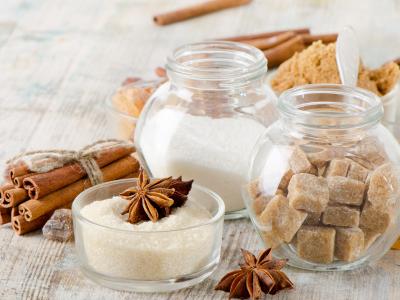
Sugar isn’t just a sweetener but sometimes acts as a catalyst. For example when whipping cream—the addition of sugar helps the cream form better though less is needed than most people realize, so we cannot completely remove some ingredients without consequences to the final product!
I experimented with reducing the butter first, could I cut the butter in half and still have a good version? The answer was yes—1 stick of butter tasted identical to 2 sticks in the final product. So then I halved that again—½ stick butter—and it was a little dry (not so yummy). So I added some unsweetened apple sauce and that worked! Then I replaced the ½ stick of butter with an equal amount of coconut oil—success—no mammal and a nearly identical flavor. Next step, the sugar…
The original recipe used 2 C of sugar in total! I cut that in half…and it wasn’t noticeably less sweet, especially with the apple sauce. Next, I made it with even less (½ C) and it was a little flat compared to the original recipe.
So what to do?
I increased the cinnamon then added cardamom and clove to the mix and increased the applesauce and amount of sweet potato. The extra spices did the trick—the nature and flavor of the dish were preserved and the sugar was reduced by ¾! Now we can enjoy this dish without the sugar rush. I have also experimented with a monk fruit-based sweetener replacing the ½ C sugar making a dish that is safe in moderation even for those with diabetes! Don’t tell my mom but sprinkling some chopped nuts on top of this is a wonderful addition- pine nuts, macadamia nuts and walnuts all work beautifully with this recipe! And, nuts are good for your body and brain!
Here is my final "Healthy" version of Southern Sweet Potato Pie!
I hope this helps inspire you to take some of those family favorites and tinker with them to make them better for you. Pancakes, cookies, and pie crusts often lend themselves well to a gluten-free makeover and it’s worth the work to figure out which options work best. For example, I love shortbread and the gluten-free flour mix that rocks for pancakes but was a disaster for shortbread— but almond flour was even better than the original!
Cooking is a special kind of alchemy, one that transforms humble ingredients into nourishing and flavorful dishes. Food is the first medicine, but it doesn’t need to taste bad! If you need inspiration, check out our Facebook Group, Raja Wellness Ways to Health, and search #realfoodfast or browse the recipes on our website.
Yours in Wellness,
Jenny-Marie
Millions of women suffer from gynecological complaints each year. Endometriosis (11% of women in the US) and fibroids (26% of women in the US) are two of the most common and painful issues women face. That’s over 30 million women in the US alone and these numbers are arguably under-reported as many less severe cases are often dismissed as PMS, depression, or part of some other syndrome. Conventional biomedicine has little to offer women in these cases beyond hormone therapies (often with intolerable side effects) or surgical options that can scar and affect future fertility, or as a last-ditch effort—simply offering a hysterectomy (often taking the ovaries as well) and throwing the woman into early menopause. Symptoms of these conditions can be painful and quite literally, draining, as women struggle with heavy, unrelenting bleeding.
These are not conditions new to women. Endometriosis was first identified 300 years ago in Western medical texts, but references to the condition trace back over 4000 years under the older diagnosis “hysteria”. Similarly, uterine fibroids have a long history. Uterine fibroid lesions were initially known as the “uterine stone.” In the second century AD, they were called scleromas. The term fibroid was first introduced in the 1860s. Uterine fibroids are the most common pelvic tumors among women of reproductive age, affecting more than 70% of women worldwide, particularly women of color”1. It is not surprising traditional medicines have ways to treat these conditions.
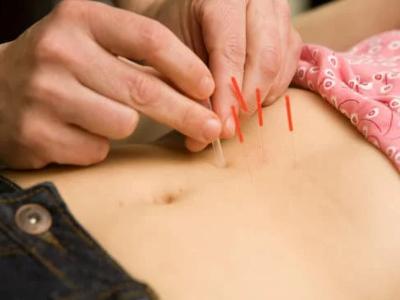
In my practice I have found acupuncture and herbs together provide the best treatment outcomes for these conditions, and if only one can be used, the herbs are the more important piece (although it takes longer for them to achieve the same results when used without acupuncture). Fortunately, I have been able to work with patients who not only were able to report their progress through improvement in their physical symptoms but also provided me with ultrasounds and other diagnostics from their OBGYNs.
In one case of a woman in her 40s—her uterine fibroids shrank on average more than 7mm each in a 3-month period, and after 6 months had no visible blood supply. She was no longer a candidate for surgery as her fibroids were effectively “cured”. 4 years later, even without maintenance herbs—her fibroids have not returned. Her heavy periods, severe abdominal pain and fatigue are a thing of the past.
In another case, a woman in her 20s came in for endometriosis and fibroids. Hormone therapies had failed and she was hoping to retain her uterus and chances to have children in the future but she was living with crippling pain that radiated from her abdomen to her back. She described it as “living with barbed wire wrapped around her torso and her spine—like I am being torn from the inside out”. In addition, she had fibroids and chronically heavy periods resulting in fatigue and anemia. To top it all off, she dealt with the emotional stress of the constant pain and fear of losing her chances at motherhood. Within 3 months of treatment, her periods were more normal and the pain was no longer constant but limited to around ovulation and onset of her menses. At 6 months, her cycles were normal and she was pain-free! She had follow-up imaging to evaluate her need for surgery and while endometrial tissue and fibroids were still present, the fibroids were visibly smaller and the endometrial tissue appeared less pervasive on imaging than it had 6 months before when she started treatment. At 9 months she was due for laparoscopic surgery to remove some of the endometrial tissue, and remarkably only 40% of the expected tissue was found and the fibroids were 70% smaller than on the initial imaging. The doctors were able to remove the excess endometrial tissue and fibroids easier than expected. 6 months later she was pregnant with her first child and now has a happy, healthy little girl, and her cycles continue to be normal.
Cases like these highlight why herbs and acupuncture have been used for thousands of years. Together they help women optimize their health safely and effectively. In combination with modern medical techniques, they can give even the most severe cases relief. I highlight the second case in particular because I don’t believe the herbs and acupuncture alone could have reduced the damage enough to help her get pregnant—perhaps if we had started the herbs years earlier before the progression was so severe. It’s important to work with all available resources for optimal health care. So please, if conventional treatments have failed or you want a more natural alternative—find an experienced acupuncturist and herbalist to work with!
Call us at 270-506-3853 or click here to book an appointment today!
1 Qiwei Yang, Michal Ciebiera, Maria Victoria Bariani, Mohamed Ali, Hoda Elkafas, Thomas G Boyer, Ayman Al-Hendy, Comprehensive Review of Uterine Fibroids: Developmental Origin, Pathogenesis, and Treatment, Endocrine Reviews, Volume 43, Issue 4, August 2022, Pages 678–719, https://doi.org/10.1210/endrev/bnab039
Don’t get me wrong, I love my morning coffee; yet if I ever had to choose either just coffee or just tea for the rest of my life, tea wins hands down! The health benefits and variety of flavors are just too great to give up! Tea is one of the most heart friendly beverage choices, high in antioxidants and heart healthy polyphenols. No, not that sweet tea at the old greasy spoon, but real tea! Yet many people I talk to either don’t like tea or have never even tried it. This is tragic! I promise you, there is a tea out there waiting for you!
So let’s talk tea!
If you want to get picky, tea is actually a very narrow definition—like coffee—meaning a beverage brewed from the leaves of tea bushes that are harvested at varying stages of growth and prepared in various ways, resulting in everything from white teas to green, black to pu-erh (a fermented and aged form of tea leaf). Most of us also group herbal teas into this category, though technically these are referred to as “tisanes”.
Why bother with all these shrubs and “weeds”? (many of the best herbal teas are considered weeds in some circles!)
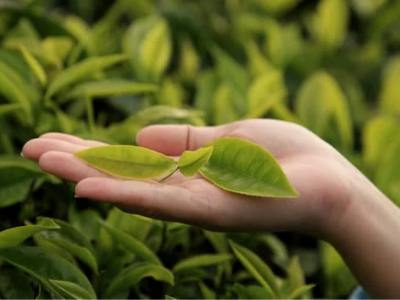
Now let’s talk functions!
Want to improve your oral health? White tea to the rescue—its minerals and antioxidants protect the tooth enamel and neutralize acids.
Allergies got you down? Rooibos-based teas can reduce inflammation and mitigate allergy symptoms. (If you have ragweed allergies—avoid chamomile tea and opt for chrysanthemum instead).
Looking for something to help your skin and hair? Yup, rooibos again; as well as horsetail, nettle, and oatstraw.
Menstrual cramps or muscle spasms? Chamomile, nettle, and oatstraw can help soothe those cranky muscles.
Is liver health a concern? Hibiscus and dandelion are excellent liver tonics that also can reduce blood triglycerides and reduce sugar cravings! Chrysanthemum is also great for liver health!
Digestive upset? Peppermint and ginger are powerhouses here!
Arthritis pain? Ginger again—and if you like a more savory tea, blends with turmeric and ginger can be a great option.
Stressed out? Trouble focusing? Oolong tea is high in L-theanine which helps calm the brain and has a moderate amount of caffeine helping to maintain focus and concentration. Oolong is the same plant that green, white and black teas come from, but the special fermentation process gives it this special quality.
Just plain stressed? Chrysanthemum and goji berries are some of my favorites to ease a stressful day.
Another reason I love hot tea is it gives me a chance to slow down and immerse myself in the process of making it. Adding the hot water, savoring the aromas released, watching the colors bloom in the water, and then choosing just the right cup or pot to enjoy my brew from. Tea can be an experience to enjoy!
Different teas also benefit from different steeping times—from less than a minute or two for white and green teas, a couple of minutes for darker teas, or even overnight for nettle and oatstraw; so make sure to check the package instructions.
Last but not least—don’t ruin those health benefits with tons of sugar. If you need a little added sweetness, a dash of fresh honey or stevia for those darker teas often does the trick. Need to sweeten up an herbal blend? Try a couple of goji berries for natural sweetness and an added boost of antioxidants.
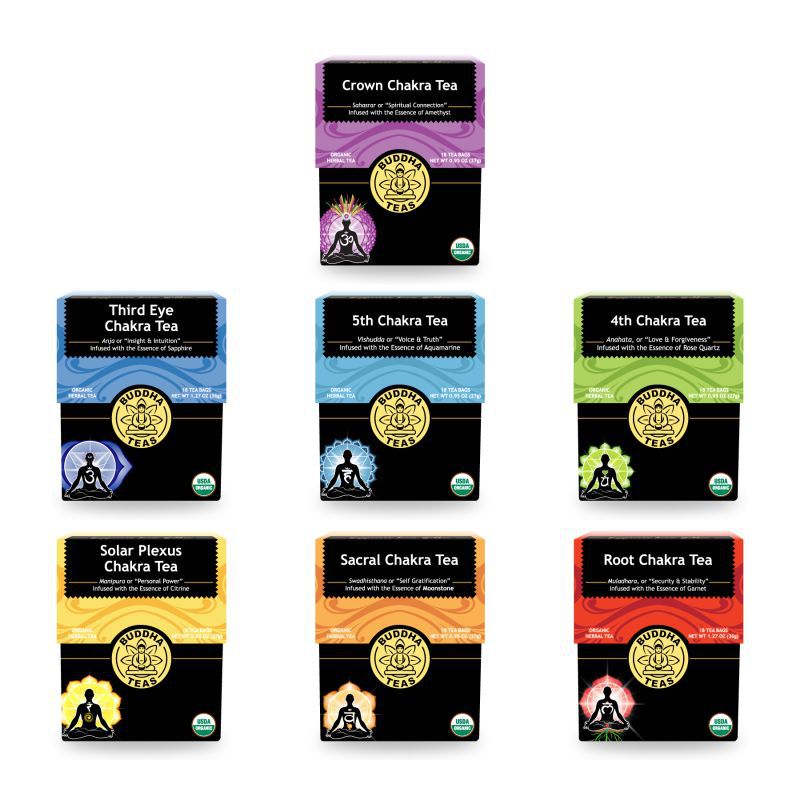
We are thrilled to carry Buddha Chakra Teas! "Chakra" is the ancient Sanskrit word for the seven central points of energy that reside within, helping to balance our physical, emotional and spiritual state. Buddha Teas are expertly crafted from herbs that resonate with each chakra, offering stimulating and flavorful teas empowered by the essence of crystals. Whether you're looking for a morning pick-me-up, a relaxing evening brew, or a tea to promote wellness, we have something for everyone!
We carry unique varieties such as:
Root Chakra Tea: When your root chakra is in balance, you feel safe in the world, and free to trust in ways that allow you to take healthy risks, knowing that all will be well. Contains Organic Raspberry Leaf, Organic Ashwagandha Root, Organic Cloves, Organic Dandelion Root, Organic Hibiscus Flower.
Sacral Chakra Tea: The Sacral chakra focuses on creativity, sensuality, and our connection with others. This expertly crafted herbal blend is designed to assist you as you flow your way to sacral chakra health. Contains Organic Calendula Flowers, Organic Burdock Root, Organic Fennel Seed, Organic Dong Quai Root, Organic Damiana Leaf, Organic Ginger Root.
Solar Plexus Tea: This invigorating, solar plexus blend, enlivened with the essence of citrine, provides a truly unique tea experience that facilitates those wishing to connect with their power center. Contains Organic Rosemary Leaf, Organic Lemongrass, Organic Ginger Root, Organic Orange Peel, Organic Marshmallow Leaf.
4th Chakra Tea: The 4th Chakra is a vital chakra to work with, and centers on all aspects of love. This tea is carefully crafted with herbs attuned to the 4th Chakra, and includes the essence of rose quartz. Contains Organic Hawthorn Berry, Organic Hawthorn Leaf, Organic Lavender Flowers, Organic Hyssop.
5th Chakra Tea: Powerful throat-centered herbs, and the essence of aquamarine fortify our 5th Chakra Blend to assist those seeking to heal and balance issues dealing with communication, creativity, and self-expression. Contains Organic Licorice Root, Organic Slippery Elm Bark, Organic Marshmallow Leaf, Organic Wild Cherry Bark, Organic Cinnamon Bark, Organic Fennel Seed, Organic Orange Peel.
Third Eye Chakra Tea: This chakra, located between the eyebrows, highlights insight, knowledge, and wisdom. Third Eye Chakra Tea is crafted from herbs intended to open the third eye energy center. Contains Organic Eyebright Herb, Organic Spearmint Leaf, Organic Star Anise, Organic Passion Flower.
Crown Chakra Tea: This 7th chakra can be described as the crown of spiritual understanding. Located at the top of the chakra ladder, the ingredients within our Crown Chakra Tea have been carefully chosen for their resonance with the crown energy center. Contains Organic Gotu Kola Leaf, Organic Lavender Flowers, Organic Nutmeg Seed, Organic Rose Petal.
Each blend is carefully selected for its unique health benefits and delicious taste. Try Buddha Chakra Teas and experience the difference that quality ingredients make!
Spring is now in full swing (thank goodness!) and that means the Raja Wellness crew has some exciting adventures in our near future. We may not be able to take you with us, but we hope you will tag along in spirit! We’ll be deep in the Blue Ridge Mountains of North Carolina taking in the scenery, visiting with vendors, and attending some epic events centered around medicinal herbs, gardening, and crystals.
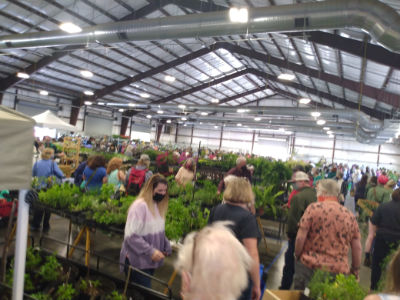
First up and fast approaching is the revered Asheville Herb Festival. This is the largest herb festival in the US and Canada—a yearly tradition we enjoy wholeheartedly. With a focus on Western North Carolinian growers, farmers, and herbalists, there are over 60 vendors to visit. Interestingly, this area of Appalachia has a climate that is nearly identical to that of southeast China, meaning that it is the perfect environment for many herbs and plants to thrive that are commonly used in Traditional Chinese Medicine. In fact, the Asheville Herb Festival is where we’ve met and grown relationships with some of our favorite vendors.
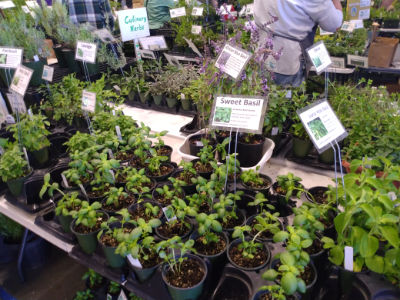
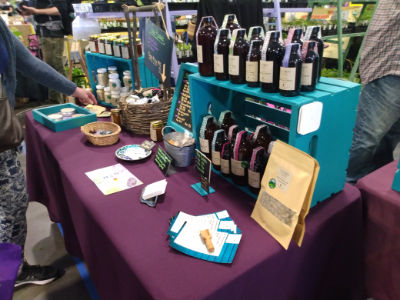
We’ll be navigating our way through a variety of culinary and medicinal herbs, tinctures, salves, handmade soaps, carnivorous plants, perennial flowers, trees, and bushes, and hopefully grabbing another glorious sample of ginseng wine before our day is complete. The herb festival is also jam-packed with gardening and herbal medicine workshops. Our staff is excited to bring back and stock our store with many curated favorites for clinic use, as well as for our own gardens and greenhouses. For more information about the Asheville Herb Festival, visit ashevilleherbfestival.org

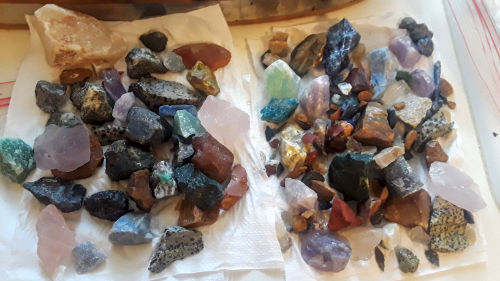
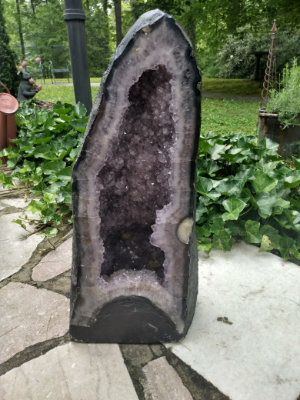
In mid-May, Mary (our NC native), will be traveling to visit three gem shows. Combined, there will be nearly 200 vendors to peruse with crystals from all over the world, rare gems, cathedrals, fossils, unique jewelry, statement pieces, lapidary equipment, and more. Many of these vendors can also be found at the renowned Tucson Gem Show. During this trip, Mary will be mining for gems as well! Aside from a biodiverse region for growing a variety of plants and herbs, this region is also incredibly abundant and diverse in minerals and gemstones.
If you’re local to our area in Kentucky, we’d like to invite you to send any special requests to mary@rajawellness.com, we’ll be happy to reach out with specifics and discuss your crystal needs, purchase, and pick-up options. Examples of previously requested items include amethyst cathedrals, ocean jasper, peridot, celestite, dumortierite, chalcopyrite, Ethiopian opal, and smoky quartz. With so much to choose from, Mary will be on the search for rare finds to add to the diversity of both our collection at Raja Goods (and her personal stash!)
With these events just around the corner, you can imagine our anticipation and excitement! We hope our patients and customers will enjoy the stories and items we have to share upon our return and hope that you will follow along during our travels! We plan to share pictures of the fun on our social media accounts so keep an eye out for updates!
Follow Raja Wellness on Facebook and Instagram!
Follow Raja Goods on Instagram!
Just how good is our burn cream?
Red says it's good enough to eat! And while we don't recommend eating it this all natural blend of oils and healing herbs soothes minor cuts, scrapes and burns and it's safe enough to accidentally get a little bit in the mouths of horses, humans and dogs. It's actually a favorite lip balm in our office during the dry winter months. You can order it online here or pick it up in the office. It's a great addition to any first aid kit. Here's some of the reviews:
“I burnt my finger on an industrial iron and it was close to the bone. Because of my allergies the emergency room wasn't able to prescribe much and it was extraordinarily painful. Not only did this take the pain away it healed very quickly and without a scar.”
“I scalded my hand with boiling water. The burn cream took the pain away quickly and by the next day you couldn't tell I had even done it.”
“I love this because I know it's safe to use around my kids and animals. Those little nicks and cracks we come up in the winter time on your hands, the painful ones that just don't go away? They don't stand a chance against this stuff”
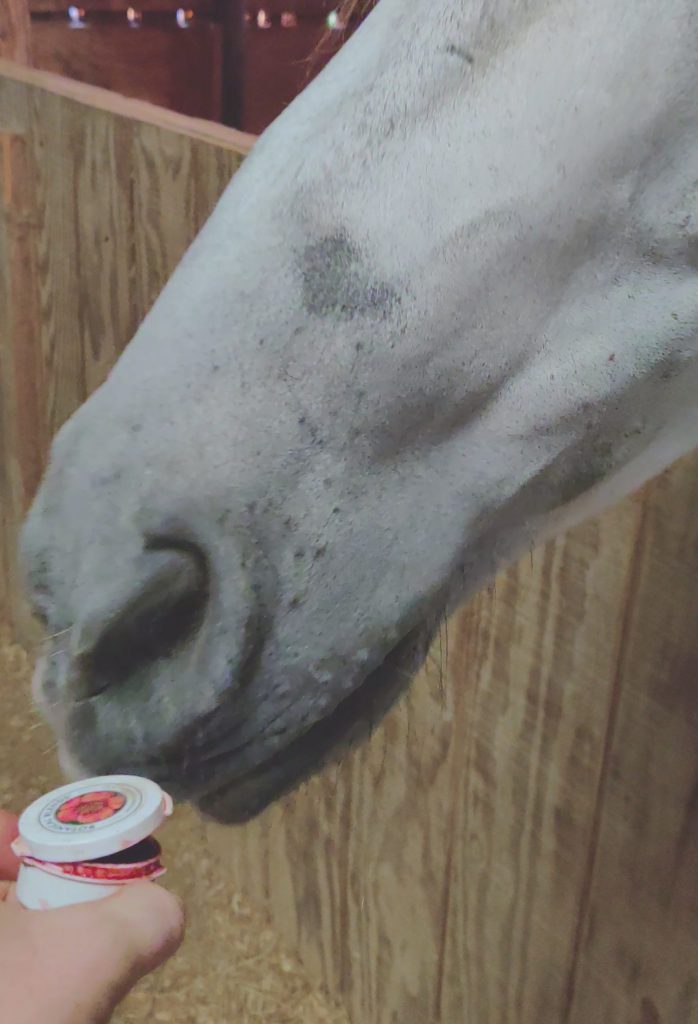
There are several brands of burn creams to choose from that are made with traditional Chinese herbs and ingredients. Our favorites have very similar ingredients containing these key herbs:
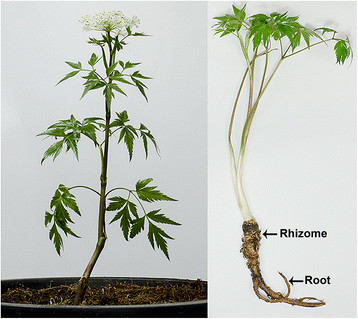
The root of this plant is a powerhouse in Traditional Chinese Herbalism - especially for women. Not only do we find it in a wide range of oral formulas it also has noted abilities to “regenerate flesh” and may help to promote healthy healing of skin.
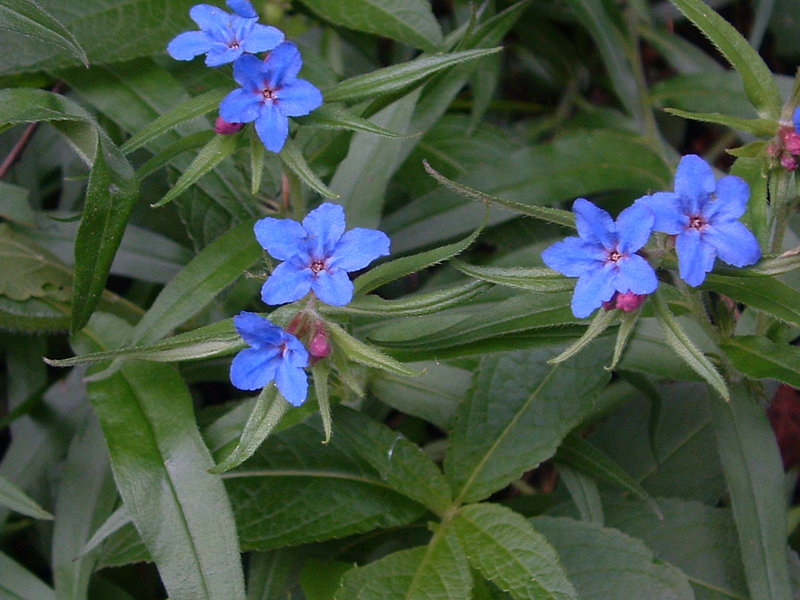
Another powerful healing root, commonly known as “purple root” this is a powerful herb for a variety of internal formulas that is also well known for it’s topical properties for soothing skin and antibacterial properties. It’s found in many formulas for eczema, carbuncles, boils and burns - especially where there is discoloration of the skin.
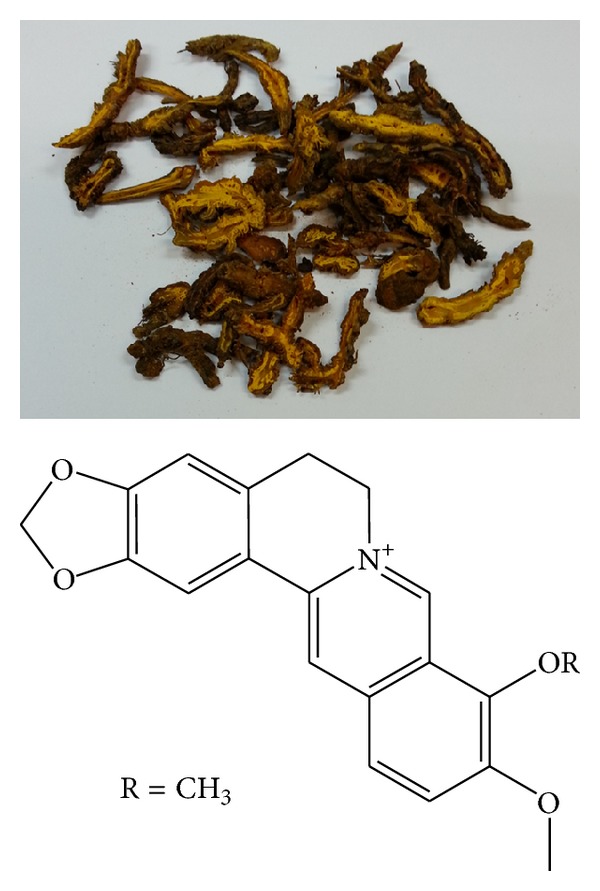
This root is found in many formulas for both internal and external disorders. It has broad antimicrobial properties and in some studies has been shown to be more effective than sulfa-based antibiotics due to the high concentration of berberine in it. It is frequently used topically to soothe itching or burning skin, and can even be used as a single herb for these purposes.
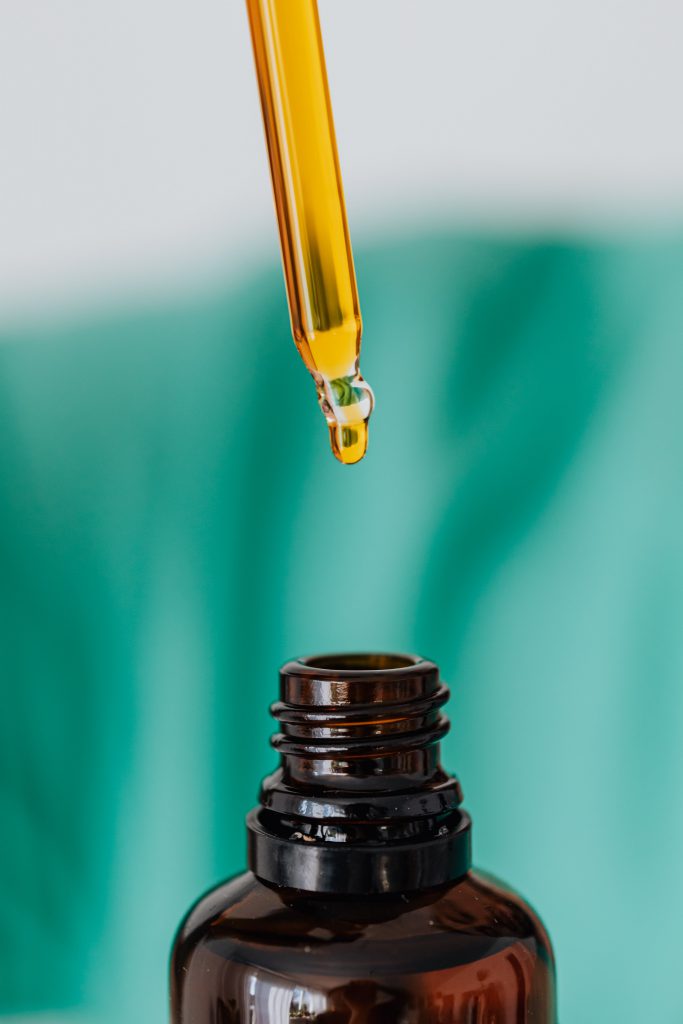
Yes, this serves as a base for extracting the herbs and an emollient, but did you know sesame seed oil is also bacteriostatic? This means it doesn’t kill bacteria, but it does prevent them from reproducing, helping to safely reduce the risk of infection in damaged skin.
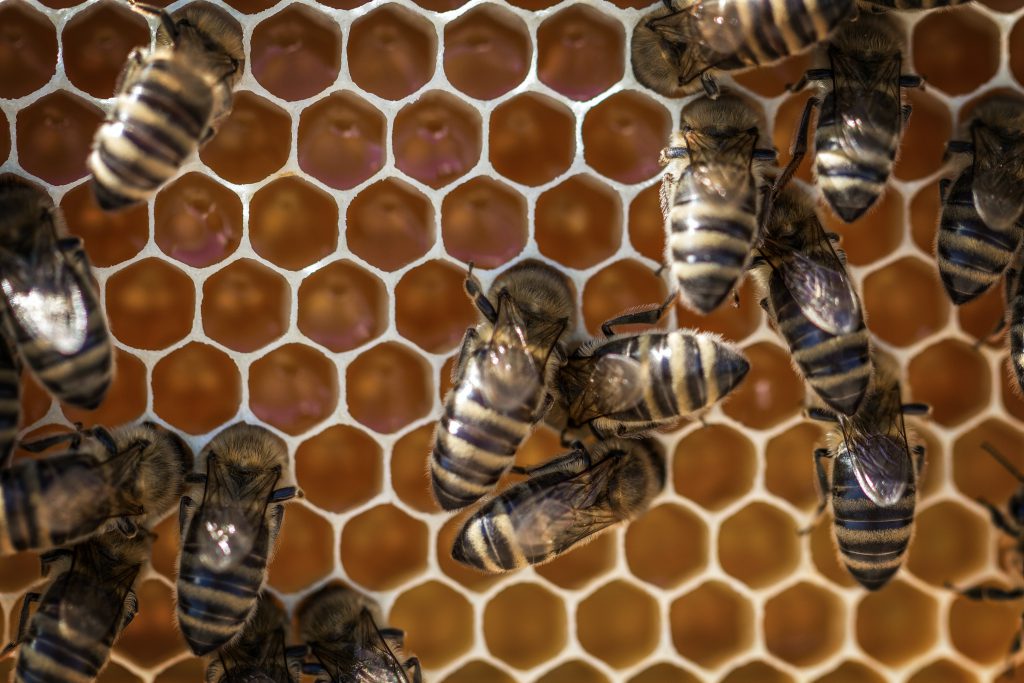
A thickening agent with protective properties beeswax helps provide a barrier against contamination that is naturally anti-inflammatory and won’t block pores. It’s also high in naturally occurring Vitamin A to promote healthy skin.
Some formulations have additional herbs and providers tend to have their own favorites - but most will contain these key ingredients.
益母草 yì mǔ cǎo
Motherwort
Latin name: Leonurus heterophyllus
This bountiful herb produces rings of beautiful purple and white flowers above a thistle-like knob. Up close, the tiny flowers are quite lovely, but the plants will quickly grow to 4+ feet tall. All of the aerial parts are used and traditionally harvested when in bloom with the flowers and all generally around the time of the summer solstice.
In Chinese Medicine terms, this herb enters the Heart, Liver and Bladder, and acts to promote circulation, dispel blood stasis, regulate the menses, reduce masses, promote urination and relieves swelling and edema. The central stalks are hollow and tube-like following the doctrine of signatures in which plants with that kind of shape are often associated with increased urination. Because of the blood moving action and how it stimulates oxytocin production, this herb is generally contraindicated during pregnancy, but it is used in several formulas for postpartum conditions including abdominal pain after childbirth, delayed menses, and helping to clear the uterus postpartum.
Its action in the heart is reflected in its effects on calming heart rhythm, increasing circulation to the coronary artery, and decreasing blood viscosity and platelet aggregation rates. It can help lower blood pressure, relieve muscle spasms and neuralgias through the ability to increase blood flow through peripheral tissues and allow for better nourishment of the muscles.
It can be safely used as a single herb for tonic purposes and is traditionally combined with Dang Gui to help with postpartum recovery. The flavor is mild, and I recently combined some of the fresh aerial parts with mint, Jiao Gu Lian (a tonic and adaptogenic herb) with a little honey to make a lovely stress-buster tea that was both tasty and effective. I like to think of this tea as my own personal potion for recovery after a stressful day.
What would you call a potion to drink after a day spent slaying dragons? (or a mountain of paperwork at the office!)
As a single herb extract, it can be helpful for headaches, insomnia, vertigo and circulatory paresthesias. Sounds like a great potion for clearing the mind after exposure to evil spells by dark wizards (or that long commute that left you frazzled!).
We will have a dried version of this tea available for sale along with some of the single herb extract. I am looking forward to seeing what other formulas we can incorporate this lovely herb into!
The seeds are also used but considered more astringent and cooling for excessive uterine bleeding or red, painful, swollen eyes. More about those at a later time, so stay tuned...